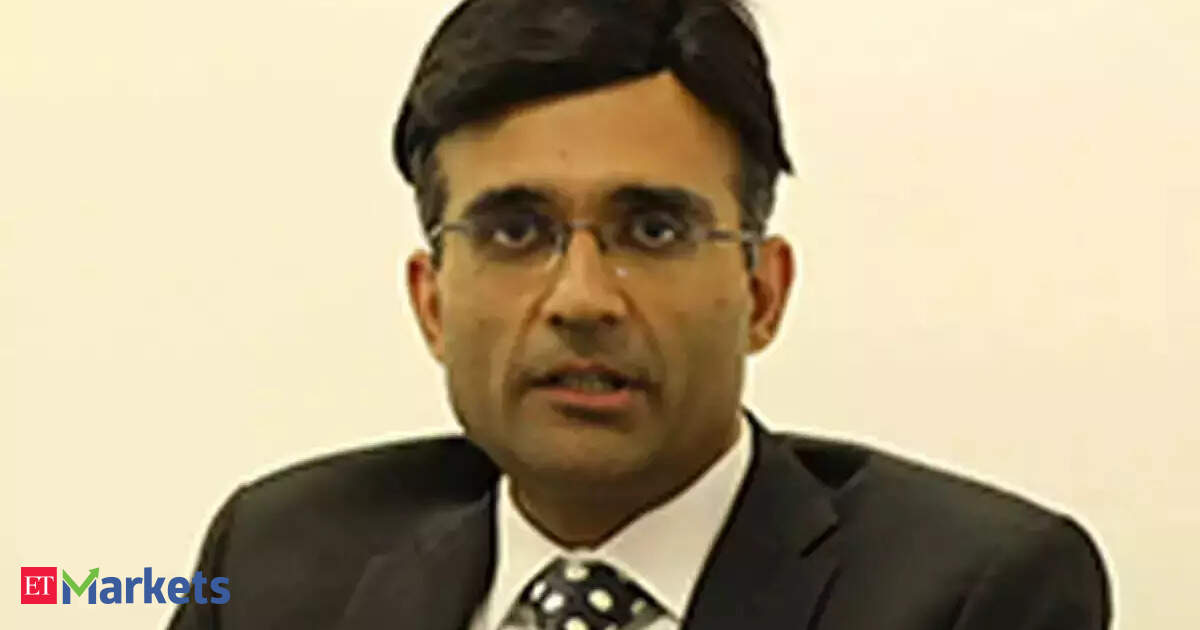Let us begin with the market trajectory. The current year so far has been very volatile with a lot of unexpected events. We started off with the trade tariff thing which died down. Then, we had the geopolitical tension, Operation Sindoor. The international and other macros were not favouring our markets and there was a phase where the market was still directionless. But now the red flags on the geopolitical front have died down. What sense are you making out of the current market juncture in terms of market caps? Largecaps versus broad indices?
Rakshit Ranjan: To begin with, it is very difficult to answer that question with a short-term perspective. There will always be events which are difficult to predict, correlations with fundamentals basis the event or share price movements basis the fundamentals and the event. So, I do not think we have an answer to this question from a short-term perspective.
From a very long-term perspective, the economy on the whole is on a very solid footing – be it in terms of demographics, the consumption side, the investment side or the capex side from a long-term standpoint. Having said that, over the medium term, for the broader market there are a few risks that investors should be aware of.
Risk number one is earnings growth, profit growth for broader indices. It tends to be very cyclical over long periods of time and it is coming off a cyclical high phase. FY21 to FY24 Nifty 50 earnings growth was in the mid-20s CAGR and that is a very high run rate. We have already seen a significant moderation in FY25 where it was mid to high single digits at best earnings growth for Nifty. So, there is a risk that we might be entering a bit of a mean reversion after a cyclically high phase of earnings growth from a medium-term perspective.
There is also a risk around valuations for the broader market at about 20-22 times one year forward earnings for Nifty 50. So, combine these two, as long as investors manage to stay away from these kinds of risks or downside potentials, the long-term outlook remains solid and we at Marcellus are very much bottom-up stock pickers, benefiting from such an environment because quality delivers when tailwinds go away for the broader economy.
Everybody is waiting for 9th July, the Trump tariff deadline. You have mentioned insulation from geopolitical risks, the kind of portfolio with less exposure there. Which are these sectors or stocks you have focused on which will see a limited impact of the tariffs?
Rakshit Ranjan: Our sectoral orientations in the portfolio include healthcare at the moment. Healthcare as a broader theme which includes hospitals, diagnostics, health insurance plays, and a little bit of pharma. Here we do not see connections with geopolitical events in a meaningful way. Secondly, there are pockets of discretionary consumption which are benefiting from unorganised to organised shifts which are also at the cusp of market share consolidation for the better quality players. In the last five-six years, there have also been shifts in wallet shares for consumers, for households in terms of categories. These are broader macro themes, which are not exposed to geopolitical risks and in that respect, the bulk of our portfolio is not waiting for 9th of July.In terms of the risk-reward ratio, how are you trying to mitigate the risk factor in your portfolios? A lot of experts are looking at time correction in the broader market, specifically in the midcaps and smallcaps. We have been seeing broader markets outperform quite a few sessions but here we are talking about a long-term portfolio. Are you waiting for a time correction in certain pockets? What is your expectation on the first quarter results now?
Rakshit Ranjan: First and foremost, before we come to valuations, what we want in the portfolio is classical quality attributes coming up in a bottom-up stock picking approach. Now, the classical quality attributes are moats, competitive advantages, and capital allocation which is in a way reinvestment of cash generated due to high quality moats and all of this being driven by a high quality management team.
This approach to quality becomes even more important when in the external environment, tailwinds are not as strong because then it is not a broad-based market, it is a very narrow ‘the winner takes all’ approach; so that is the first piece. When it comes to valuations, we are not waiting for dips. We are fully invested in consistent compounders because we are hunting for two types of plays on valuation grounds.
First and foremost, areas where quality is yet to be discovered and there are a few such companies in certain sectors where either because over the last three-four years we had a far more broad-based rally, quality was not adequately appreciated in the valuations or there might be a new disruptive high quality business emerging where the quality of the business is yet to be appreciated. Unfortunately, that is not a wide enough playground for us.

